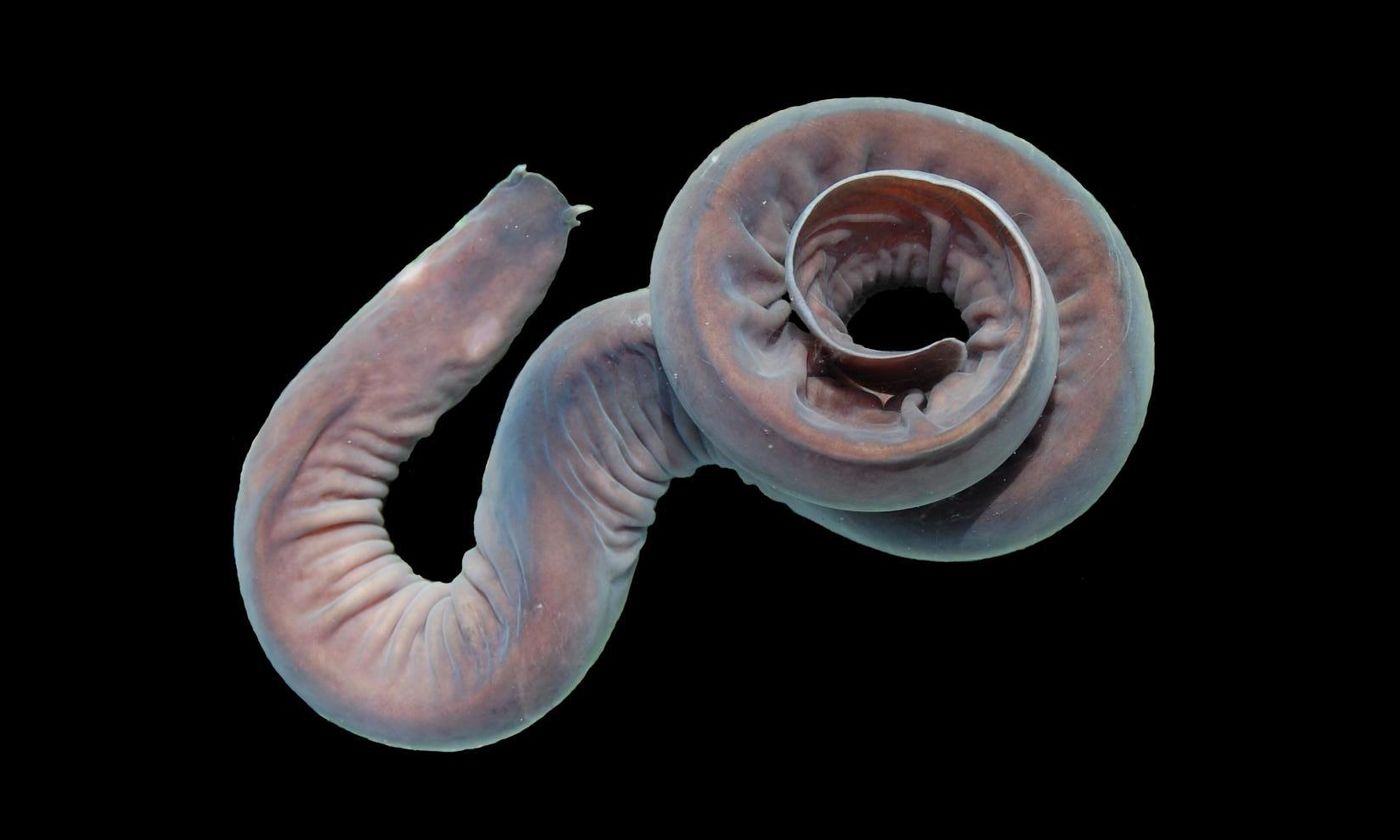Understanding the Zombie Heart of the Hagfish
Slimy hagfish dwell at the bottom of the sea, scavenging for carcasses and thriving in the depths where little oxygen can be found. They have a unique ability; their hearts can continue to beat in the absence of oxygen for 36 hours. Contrast that with the human heart, which suffers permanent damage in only minutes if it doesn’t get oxygen. Scientists at the University of Guelph have now gained insight into how hagfish hearts can go on for so long without oxygen. The findings, which have been reported in the Journal of Comparative Physiology, may help create ways to protect the human heart from damage when its oxygen supply is limited, like during a heart attack.
"We want to understand how these fish hearts can work for so long without oxygen because this could lead to innovative strategies for preserving human cardiac tissue during myocardial infarction or heart transplant," said Professor Todd Gillis, of the Department of Integrative Biology. Gatrell and researcher Lauren Gatrell sought to understand what fuels hagfish hearts when they've run out of oxygen.
"We wanted to know which metabolic fuels were being used and how they were using them, given that the hearts of most vertebrates run out of cellular energy when oxygen is removed. This is what leads to the tissue damage."
The researchers assessed how hagfish hearts reacted to two fuel sources they might encounter - glycerol and glucose. Previous work has indicated that when oxygen supplies become limited, the hearts turn to glycogen, which is stored in muscles, for energy. When oxygen supplies don’t return and anoxia is continuous, another fuel takes over; the researchers didn’t know which one.
Gatrell exposed hagfish hearts that had been isolated in anoxia or normal oxygen levels for twelve hours. They were given glucose, glycogen, or saline, as the scientists measured heart contractions. The hearts kept on beating throughout the experiment even in the absence of oxygen.
"If you treated a mammalian heart in a similar manner, it would quickly stop beating and become permanently damaged. You'd also have to keep stimulating it with a mild electrical shock just to keep it beating. But the hagfish heart continues to generate enough electrical potential to keep working," Gillis said. "They're kind of like zombie hearts; they literally will just keep beating. It's pretty amazing to see."
Their study showed that if the hearts were exposed to glycerol, their contractions were enhanced even more dramatically than if they’d gotten their preferred fuel - glucose.
"We're still trying to figure out what this means," said Gillis. "These results raise so many more exciting questions. Is there a benefit to using glycerol? Is it some ancestral anomaly or the result of evolution that they are stimulated by glycerol?" Gillis suggested that the liver is sending glycerol to the heart. "We think it's circulating through the fish in their blood," he added. "We found very high levels of glycerol in the liver, which is where it would be produced and then transported to the tissues."
Gillis is fascinated by the reaction of hagfish hearts to glycerol; it’s a bit strange, he admitted. "But just about everything about hagfish is bizarre. This is just another weird thing that they can do. Now we need to know how and why they do it."
Sources: Phys.org via University of Guelph, Journal of Comparative Physiology









